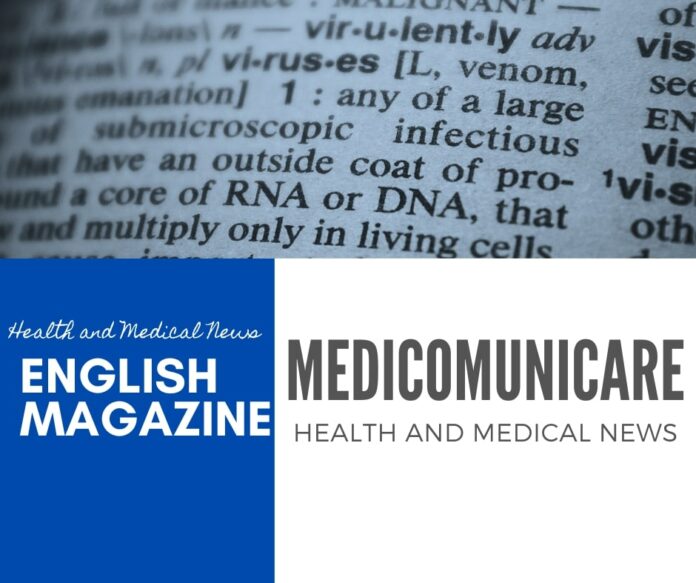Nicotinamide riboside (NR) is a cell-charging vitamin clinically proven to boost NAD, a critical coenzyme as essential to cells as food, water, and oxygen. ChromaDex Corp. reported results of a first-of-a-kind preclinical study on lactation showing that supplementation with the B3 vitamin nicotinamide riboside confers significant and enduring physiological benefits to mothers and offspring. The preclinical study was designed to test the hypothesis that postpartum might disrupt maternal NAD levels and that supplementation with NR might benefit mothers and their newborns. ChromaDex has pioneered NAD research by investing millions of dollars in safety and human clinical trials on its patent-protected NR (commercially known as Niagen), with New Dietary Ingredient and Generally Regarded as Safe designations notified to the U.S. FDA. ChromaDex has supplied Niagen at no cost to over 160 leading institutions for research, including the National Institutes of Health, University of Iowa and the Scripps Research Institute. The study has been conducted at the University of Iowa by Senior Investigator Dr. Charles Brenner, Head of Biochemistry Department, as well as a founding co-director of the University of Iowa Obesity Initiative and CSA of ChromaDex.
This study, conducted in mice and rats, is the first to measure postpartum NAD levels and the effects of NR supplementation during this time. The authors observed that rodent mothers supplemented with NR lost more weight and produced more milk than their control counterparts. NR supplementation also changed the composition of mothers’ milk, increasing levels of a molecule that promotes the growth of neurons called BDNF (brain-derived neurotrophic factor) in the offspring. While the researchers only fed NR to the rodent mothers, this maternal supplementation led to lasting benefits for their offspring. The offspring of NR supplemented mothers showed greater coordination, strength, and capacity for learning weeks after being weaned from their mothers. These offspring also had higher levels of BDNF and increased neuronal growth in parts of their brains. While the authors were very encouraged, they acknowledged that additional research is needed to understand whether to translate these findings to humans. Childbirth is followed by a period of profound metabolic stress. Using two species of rodent, the team has discovered that postpartum is a specific stress of the maternal NAD system and NR has effect on the mammary gland, an energy-driven tissue.
During lactation, indeed, mammary cells synthetize both lipids and complex carbohydrates from simpler metabolites. Acetyl-coenzime A is the main precursor for triglicerides that will compose fat globules of milk. Condensation of many acetylCoA molecules is required to produce a long chain fatty acid. Between every step of another acetyl-CoA addition, a NAD-dependent step is pivotal to accomplish the carbon chain elongation. This means that a consistent amount of NAD will be used by mammary glands during the post-partum. This could justify at least in part the pre-clinical results obtained in this research. Nicotinamide riboside effects on the newborn may, instead, have more effects in the nervous system since is in rapid cellular duplication. NAD is required to several enzymatic reactions involved in either intermediate and nuclear metabolism. NAD is a cofactor for poly-ADP-ribose polymerases, nuclear enzymes involved in cell replication DNA repair and homologous recombinaton. It is also required for certain aspects of gene expression or repression: the master neuronal regulator CtBP-1 induces specific neuronal differentiation only if bound to NAD.
This work opens the door to more research into how nicotinamide riboside could be used to improve the lives of women and their children. It is groundbreaking for a number of reasons, from the potential long-term cognitive and behavioral benefits in offspring to postpartum weight loss in new mothers. BDNF, indeed, is a master regulator of brain processes like cognition, learning and memory. If pre-birth NR supplementation is able to spike BDNF in babies’ brains, this could turn in a potential way to prevent phenomena like attention and/or learning deficits. Dr. Brenner is extremely positive as well: “In the 15 years since I discovered nicotinamide riboside as a vitamin, I’ve been continuously impressed with the power of this molecule to address metabolic stress. And now we got berserk by what NR has shown to do during postpartum and what the mom’s NR supplementation does for her offspring. We are looking forward to testing these discoveries in people so that we can explore the potential for Niagen in women’s and family health.”
For its practical impact, the study has been published in the journal Cell Reports.
- Edited by Dr. Gianfrancesco Cormaci, PhD, specialist in Clinical Biochemistry.
Scientific references
Ear PH et al., Brenner C. Cell Rep. 2019 Jan 22; 26(4):969-983.
Kulikova VA et al. Biochemistry (Mosc). 2018 Jul; 83(7):800-812.
Oakey LA et al., Lavery GG. Wellcome Open Res. 2018 Nov; 3:147.

